PROTECT YOUR DNA WITH QUANTUM TECHNOLOGY
Orgo-Life the new way to the future Advertising by AdpathwayIn the height of the spiritualism movement of séances, mediums and table turning, automatic writing was a popular way to communicate with the dead. But what type of writing and messages did the practice leave us with?
Imagine sitting alone in a dimly lit room, pen in hand, paper in front of you, when suddenly—your hand jerks forward, scribbling furiously as if someone else is holding the pen. You sit there, equal parts fascinated and mildly horrified, as cryptic messages, strange symbols, or maybe just some very messy handwriting pours onto the page you have no control over. Is it a deep connection to the spirit world… or did your subconscious just have way too much caffeine?
This is the basic premise of automatic writing—a ghostly communication method that’s part séance, part psychological mystery, and 100% unsettling.
What Exactly Is Automatic Writing?
Automatic writing, also known as psychography, is the act of writing without conscious thought, letting an unseen force (be it your subconscious mind or something a little more… otherworldly) take the wheel. The idea? Spirits, guides, or even higher consciousnesses use your hand as their personal typewriter to deliver messages from beyond.
It’s not only to come in contact with ghosts that automatic writing is used, and is a method used by writers to tap into their subconsciousness and let the words flow on the paper instead. This was particularly popular with French surrealists and was for a while a popular therapy form in Freudian psychology. Unlike brainstorming or journaling, you’re not supposed to think about what you’re writing. Instead, you let the pen flow, giving the spirit world a direct hotline to your notebook.
 Automatic Writing: An alleged psychograph (psychic picture) by the spiritualist medium Francis Ward Monck. Born in 1842, he was a British clergyman and spiritualist medium who was exposed as a fraud. In 1876 a sitter named H. B. Lodge stopped his séance and demanded Monck to be searched. Monck ran out and locked himself in another room, escaping out of a window. A pair of stuffed gloves was found in his room, as well as cheesecloth, reaching rods and other fraudulent devices in his luggage.
Automatic Writing: An alleged psychograph (psychic picture) by the spiritualist medium Francis Ward Monck. Born in 1842, he was a British clergyman and spiritualist medium who was exposed as a fraud. In 1876 a sitter named H. B. Lodge stopped his séance and demanded Monck to be searched. Monck ran out and locked himself in another room, escaping out of a window. A pair of stuffed gloves was found in his room, as well as cheesecloth, reaching rods and other fraudulent devices in his luggage.When talking about automatic writing within spiritualism, we often talk about mediums letting themselves be used for spirit to talk through. Some claim that they go into a sort of altered state, some not even remembering what happened and what they wrote down, as it came from the afterlife, not their own mind. The handwriting often looks different, even the language could be foreign.
Read More: Books Written by Ghosts and Channeled Texts
Automatic writing has been a staple within the spiritualist community for centuries now, often combined in a séance as a way to contact the dead, much like Table Turning, Ectoplasma, Spirit Drawing and other means of communications.
A Brief (and Slightly Haunted) History
Automatic writing isn’t some New Age trend—it’s been around for centuries, quietly creeping through spiritual practices and philosophical circles in all cultures, times and places on earth with a written language.
Some of the more famous traditions of automatic writing includes:
Ancient China:
Spirit writing, known as Fu Ji (扶乩), was practiced as early as 1100 AD, using a suspended stylus to communicate with deities and ancestors. It was considered so powerful that it was eventually banned during certain dynasties—because nothing says “this works” quite like outlawing it.
Read More: China’s Mystical Writing: Fu Ji (扶乩) – When Spirits Pick Up the Pen
The tradition of Fu Ji spread into Taoist lore as well and through this, the kung fu system is even credited to a sage from beyond, given to the living through writing.
Enochian Magic:
In the west automatic writing has a long tradition long before the New Age takeover as well. One of the earlier examples we can find is through Enochian magic that supposedly gave guidance through the Enochian language, or the language of angels as it was believed to be.
Here it was particularly John Dee and Edward Kelley in Renaissance England who practiced the art and was advising Queen Elisabeth I, giving this alleged spiritual messaging real life consequences.
 Enochian Magic: John Dee (13 July 1527 – 1608 or 1609) was an English mathematician, astronomer, teacher, astrologer, occultist, and alchemist. He was the court astronomer and advisor to Elizabeth I. As an antiquarian, he had one of the largest libraries in England at the time. As a political advisor, he advocated the foundation of English colonies in the New World to form a “British Empire”, a term he is credited with coining.
Enochian Magic: John Dee (13 July 1527 – 1608 or 1609) was an English mathematician, astronomer, teacher, astrologer, occultist, and alchemist. He was the court astronomer and advisor to Elizabeth I. As an antiquarian, he had one of the largest libraries in England at the time. As a political advisor, he advocated the foundation of English colonies in the New World to form a “British Empire”, a term he is credited with coining.Victorian Era:
 Pearl Curran: Patience Worth was allegedly a spirit contacted by Pearl Lenore Curran. Starting in July 1912, Pearl Curran, along with her friend Emily Grant Hutchings, began using the Ouija Board. According to their accounts, they soon made contact with several spirits, each bringing their own unique messages and stories from the afterlife.
Pearl Curran: Patience Worth was allegedly a spirit contacted by Pearl Lenore Curran. Starting in July 1912, Pearl Curran, along with her friend Emily Grant Hutchings, began using the Ouija Board. According to their accounts, they soon made contact with several spirits, each bringing their own unique messages and stories from the afterlife.The 19th century in Europe and USA saw the golden age of spiritualism, where automatic writing made its grand comeback for the popular masses as a means to make the communication quicker than table turning and rapping could. Mediums at candlelit séances would go into trances, letting their hands scrawl out letters from the dead while wide-eyed onlookers gasped (and sometimes fainted for dramatic effect).
Literary heavyweights got in on the action too. Surrealist writers and artists, like André Breton, used automatic writing as a creative tool, believing it bypassed the conscious mind to tap into pure thought. Perhaps his most well known word produced by automatic writing is his book Soluble Fish.
Then there was Pearl Curran, who in the early 1900s supposedly contacted a 17th-century spirit named Patience Worth, whom she met through a session with a Ouija Board. Together they allegedly wrote several novels, thousands of poems and other writings together. Many people think that this case is one of the best examples that automatic writing is real, mostly because they didn’t think that a housewife would be able to write all of this by herself. Proof of a ghost or just a touch of misogyny?
From this era, perhaps Hélène Smith, who used the pseudonym of Catherine Elise Muller who was the most well known medium using automatic writing. She was born around 1863 in Geneva, Switzerland and held many séances. She claimed to have been a Hindu princess as well as Marie Antoinette in her previous lives.
Not only did she produce automatic writing in Arabic, but also in something that she said were the languages of Mars and Uranus translated into French. Although a wild claim to make, and it certainly wasn’t without controversies, she actually had a fair bit of support from believers in her extraterrestrial language.
Modern Psychology
Although the act of automatic writing still lingers in the corners of religious belief, New Age spiritualism and for those believing in the paranormal, we mostly talk about automatic writing from a scientific and psychological viewpoint today. Documented examples are considered to be the result of the ideomotor phenomenon and a milder form of dissociative state.
How It (Allegedly) Works
 Message from Mars: 19th century medium Hélène Smith (Catherine Müller) did automatic writing to convey messages from Mars in Martian language. The “Martian” language looked a lot like her native language French and that her automatic writing was from forgotten sources like books read as a child. The term cryptomnesia is used for this phenomenon.
Message from Mars: 19th century medium Hélène Smith (Catherine Müller) did automatic writing to convey messages from Mars in Martian language. The “Martian” language looked a lot like her native language French and that her automatic writing was from forgotten sources like books read as a child. The term cryptomnesia is used for this phenomenon.The process is of automatic writing is a simple concept—at least on paper:
Set the mood: Dim lights, candles, maybe a little incense. Spirits love ambiance.
Grab your tools: A notebook, a pen, and an open mind.
Get in the zone: Many practitioners meditate or use light hypnosis to clear their minds.
Let it flow: Relax your hand, hold the pen loosely, and wait. The theory is that a spirit will “guide” your hand, bypassing your conscious brain.
Decode the chaos: Once you snap out of it, you might find anything from coherent sentences to frantic scribbles that look like your cat ran across the paper.
For believers, automatic writing is a spiritual tool—a direct line to the afterlife or higher planes of existence. Many think that the power comes from themselves as mediums and if it doesn’t work for some, they simply doesn’t have the power and sensitivity for it.
For skeptics, it’s a textbook example of the ideomotor effect (the same involuntary movement theory behind Ouija boards and table tipping).
Read More: Check out The Dark Origins of the Ouija Board: A Mysterious History of Spirit Communication and Table Turning: When Spirits Spill the Tea Through Furniture for more information of the history behind this.
Essentially, your subconscious mind is doing the work, but because you’re not aware of it, it feels like an external force.
Famous Writers and the Art of Automatic Writing
Many famous people have over the years been involved in automatic writing, either doing it themselves or their ghosts have said to have been channeled through other mediums. Charles Dickens unfinished work of The Mystery of Edwin Drood was supposedly finished written through the hand of the itinerant printer T.P James, now remembered as the Brattleboro hoax.
Another famous writer who got involved in the supernatural automatic writing was W.B Yeats who married Georgie Hyde-Lees, a woman who claimed she could channel spirits through automatic writing. This influenced him greatly and his writing after they married.
Read More: Renvyle House and a visit from Yeats
Also the writer Arthur Conan Doyle and his wife explored automatic writing. Once they even held a séance with Harry Houdini where Lady Doyle wrote 15 pages worth of communication with a spirit she claimed was Houdini’s mother. Houdini himself saw it all as a hoax.
When Things Got… Dark
Of course, no paranormal practice comes without a little side-eye from the dark side. Some caution that automatic writing can be a gateway for less-than-friendly spirits. After all, if you’re leaving the door open, who knows what’s going to walk (or scribble) through it? There are stories of people contacting malevolent entities or receiving unsettling, cryptic messages that seem straight out of a horror film.
And then there’s the famous case of Aleister Crowley—yes, that Aleister Crowley—who claimed to have channeled the text The Book of the Law through automatic writing, dictated by an otherworldly being named Aiwass. He was also very inspired by Enochian Magic. Let’s just say it didn’t exactly help his already spooky reputation.
 Aleister Crowley: The book was dictated to him by a beyond-human being, Aiwass, who he later referred to as his own Holy Guardian Angel. Through the reception of the Book, Crowley proclaimed the arrival of a new stage in the spiritual evolution of humanity, to be known as the “Æon of Horus”. The primary precept of this new aeon is the charge, “Do what thou wilt shall be the whole of the Law.” Read the Book.
Aleister Crowley: The book was dictated to him by a beyond-human being, Aiwass, who he later referred to as his own Holy Guardian Angel. Through the reception of the Book, Crowley proclaimed the arrival of a new stage in the spiritual evolution of humanity, to be known as the “Æon of Horus”. The primary precept of this new aeon is the charge, “Do what thou wilt shall be the whole of the Law.” Read the Book.Exposing the Hoaxes
In the modern era, from Victorian times up to today, there have been people dedicated to exposing charlatans and frauds, trying to pass off their tricks as true communication with ghosts. Some of the more famous paranormal investigators was Harry Price who got involved in many popular mediums and ghost stories. One of them was for example the infamous haunted Borley Rectory where a housewife was trying to cover up an extramarital affair and make it look like ghosts were haunting her house.
Read More: The Mysterious Tale of Borley Rectory – Was it Really Haunted?
Science largely dismisses automatic writing as a psychological phenomenon. The ideomotor effect explains how subtle, unconscious muscle movements can create the illusion that an external force is at work. Plus, the human brain is really good at finding patterns in randomness. Those looping scribbles? Your brain’s dying to read them as a message.
 Harry Price: Harry Price pictured with assorted pieces of his “ghost hunting” equipment
Harry Price: Harry Price pictured with assorted pieces of his “ghost hunting” equipmentBut for spiritualists and believers, automatic writing isn’t about proof—it’s about connection. Whether it’s a voice from beyond, the collective unconscious, or simply a way to tap into deeper layers of your own psyche, the results often feel real to those who experience it.
A Pen, Some Paper, and Maybe a Ghost?
Automatic writing sits at that curious crossroads where psychology and the paranormal shake hands—and then maybe slap each other. Is it a portal to the spirit world? A glimpse into the subconscious mind? Or just a very dramatic way to doodle?
Either way, the next time your hand randomly scribbles something when you’re zoned out in a meeting… Maybe it’s not just boredom. Maybe, just maybe, it’s someone—or something—trying to say hello.
Or maybe you just really need another cup of coffee.


 10 hours ago
1
10 hours ago
1
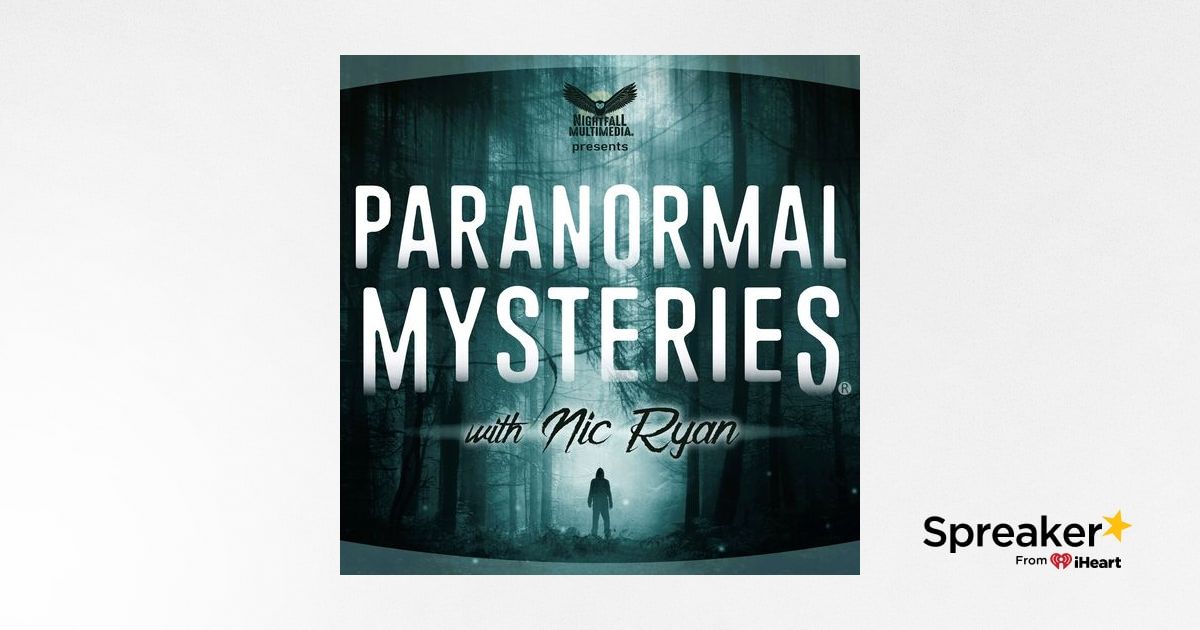










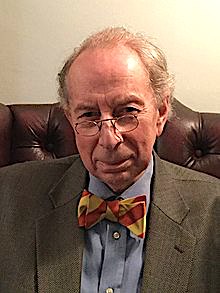

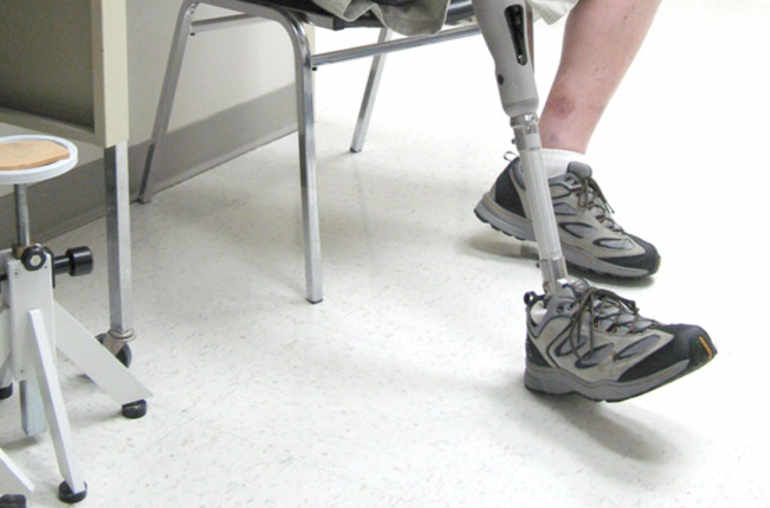



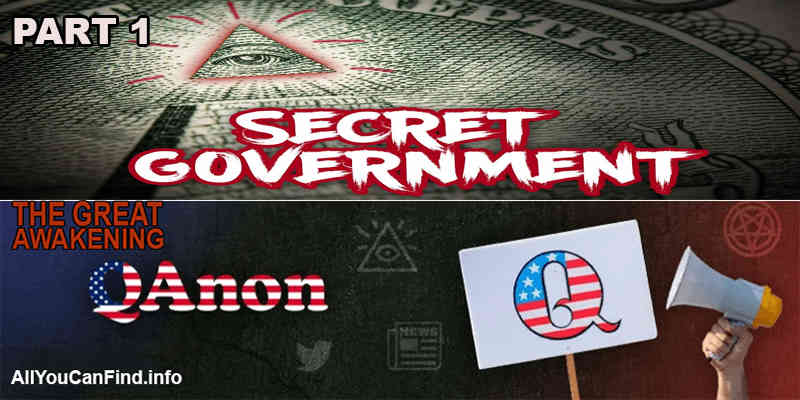
.jpg)
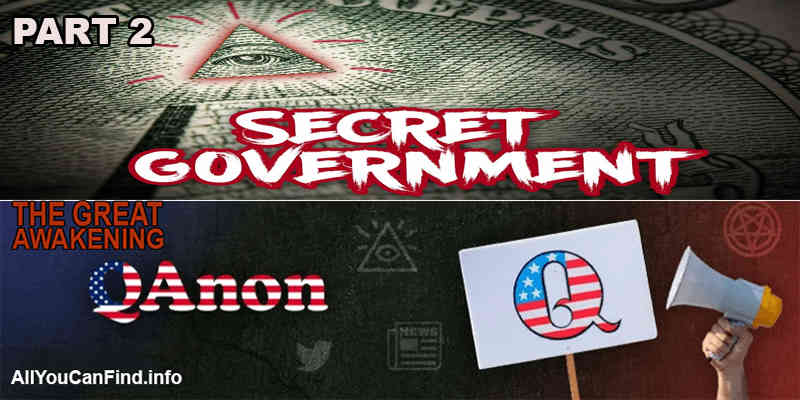

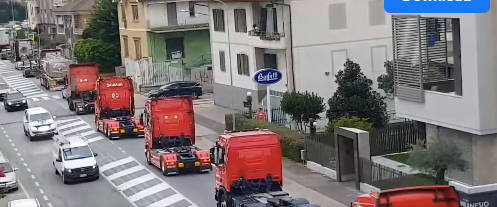



 English (US) ·
English (US) ·  French (CA) ·
French (CA) ·